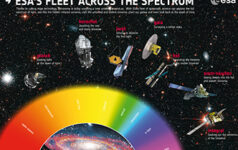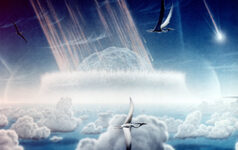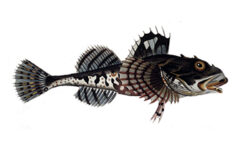More than meets the eye: the electromagnetic spectrum
Claudia Mignone and Rebecca Barnes take us on a tour through the electromagnetic spectrum and introduce us to the European Space Agency’s fleet of science missions, which are opening our eyes to a mysterious and hidden Universe.
























